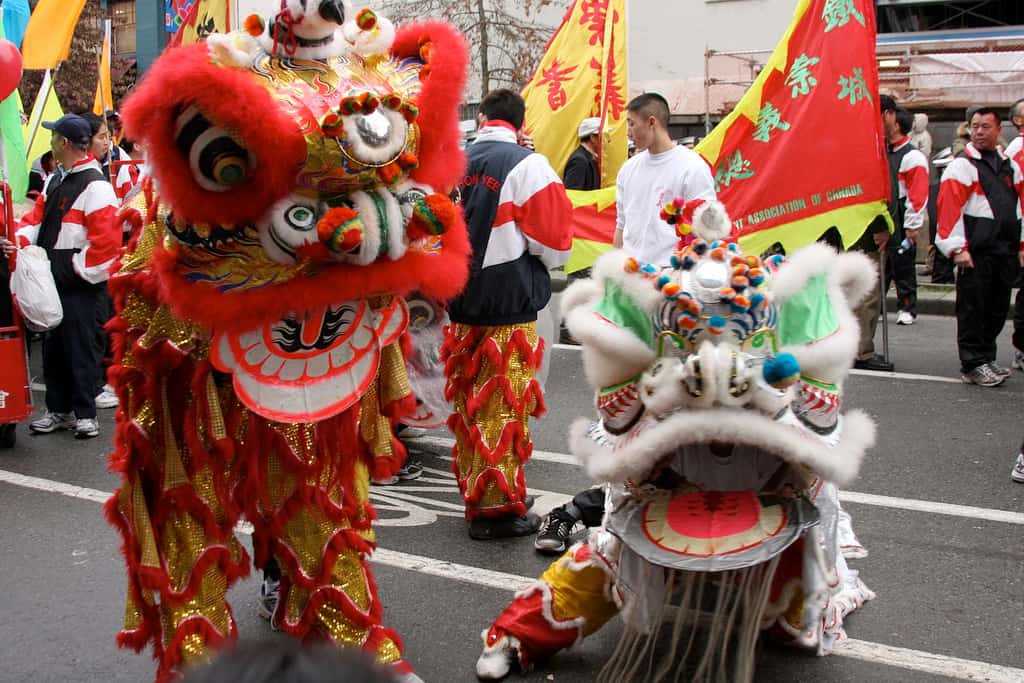In the next short while, we’ll be celebrating the new year. Maybe you’ll be glued to your television set watching one of five college football bowl games, which could consume as much as 11 hours of your day – and evening. Perhaps that’s not your game and you’ll be sleeping-in, plus doing a little napping having stayed out late the night before. Some of you might be spending the day with family and friends, enjoying the last days of your time-off as you prepare to head back to work on January 5th.
Whatever you’re doing it is important to remember that this isn’t the only new year that has happened this year. For instance, the Chinese new year occurred on January 31st of this year and is recognized as the year of the Horse. This is the most important cultural event in the year of the Chinese and is highlighted with people taking weeks of vacation in preparation and celebration of the event. The Chinese new year is marked by the lunar calendar so each month begins on the darkest day. Generally, the Chinese celebrate through the fifteenth of the month when the day is at its brightest.
The Jewish new year, Rosh Hashanah, was observed from September 24 – 26 of this year. Like the Chinese, this is one of the most significant holidays in the Jewish culture. It is always observed 163 days after Passover. Rosh Hashanah literally means “head of the year” but it has few similarities to the festivities found in the American new year. The one exception would be the new year’s resolution, which is similar to Rosh Hashanah in that this Jewish holiday is a time for deep reflection and introspection, a time to look back on the mistakes of the past, and a period where the culture looks forward to making changes to improve the future.
Unlike the Chinese and Jewish calendars, the Hindu new year has regional differences in terms of the day it’s actually celebrated and what the celebration entails. The Hindus in Kashmir start their celebrations in mid-March (called Navreh) and that occurs at the same time the Hindus in the southern states of the country celebrate their new year (called Ugadi), but other regions celebrate on the first of the month of spring. Some celebrations consist of wearing new clothes, decorating houses with colorful patterns and raising and worshiping silk banners. Other celebrations consist of deep spiritual observances followed by feasts and the playing of devotional music. And still other celebrations in mid-April recognize the beginning of spring with the onset of the new agricultural cycle. The Hindu new year’s diversity is very representative of the mélange of the Indian culture.
Whatever new year you observe, and in whatever way you choose to observe it, remember that there are other cultural celebrations that have already occurred and others that are about to occur. Perhaps if we can just take a moment this new year to reflect on the mistakes of the past and look forward to making the future better for all of us, then there might really be something in common for all of us.



